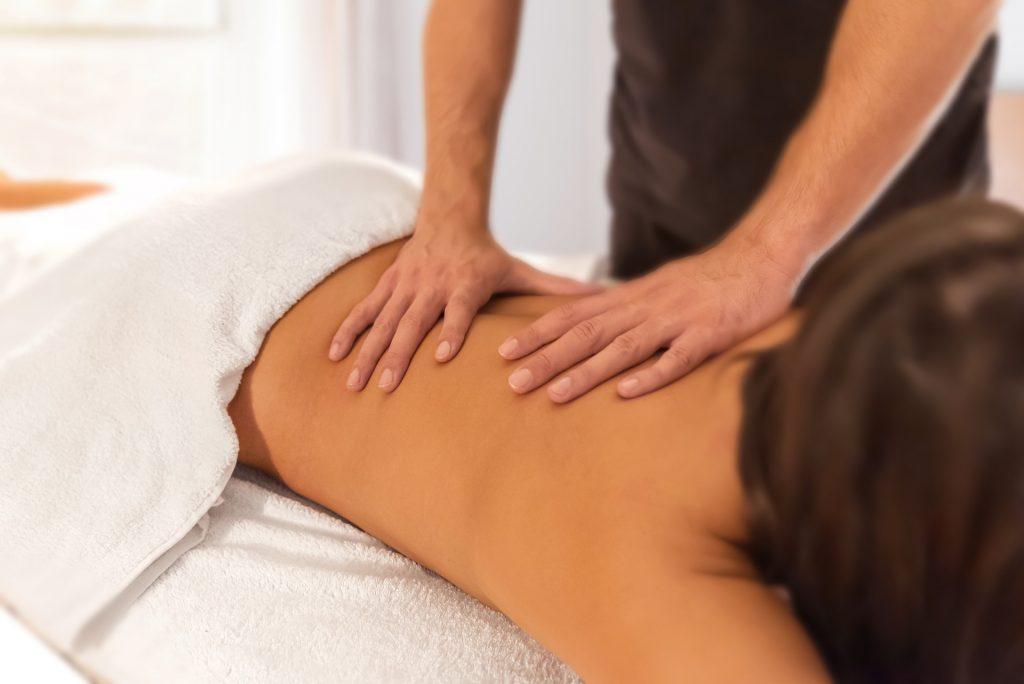
Chronic pain affects millions of people worldwide and can have a significant impact on their daily lives. The pain can be caused by various factors, including injury, illness, or even stress. While medication and physical therapy are commonly used to manage chronic pain, massage therapy may also be an effective treatment option. In this blog, we will explore how a massage may help with chronic pain management.
Massage therapy is an ancient practice that involves the manipulation of soft tissues in the body. The therapist uses their hands, fingers, elbows, and other tools to apply pressure and manipulate the muscles, tendons, and ligaments in the body. This pressure and manipulation may help to reduce tension, improve circulation, and promote relaxation, which may be particularly beneficial for those experiencing chronic pain.
One of the primary benefits of massage therapy for chronic pain management is its ability to reduce muscle tension. Chronic pain often causes muscles to tighten and become tense, leading to further discomfort and pain. Massage therapy may help to release this tension, allowing the muscles to relax and reducing the overall pain and discomfort in the affected area.
Massage therapy may also improve circulation, which is essential for healing and pain relief. When the muscles are massaged, the pressure applied to them may help to stimulate blood flow, which may help to deliver vital nutrients and oxygen to the affected area. This increased circulation may also help to flush out toxins, reducing inflammation and promoting healing.
Another benefit of massage therapy for chronic pain management is its ability to promote relaxation. Chronic pain can cause stress and anxiety, which can make the pain worse. Massage therapy may help to reduce stress and promote relaxation, which may help to improve the overall quality of life for those experiencing chronic pain.
Massage therapy may also help to improve range of motion and flexibility, which may be particularly beneficial for those experiencing chronic pain due to injury or illness. When the muscles are massaged, they become more pliable, which may help to improve range of motion and flexibility in the affected area. This may help to reduce pain and discomfort, allowing individuals to move more freely and perform daily tasks with greater ease.
In addition to its physical benefits, massage therapy may also have a positive impact on mental health. Chronic pain can be incredibly isolating, causing individuals to withdraw from social activities and feel disconnected from the world around them. Massage therapy may help to combat this by providing a safe and nurturing environment where individuals can feel cared for and supported. This may help to reduce feelings of isolation and promote a sense of connection and well-being.
Massage therapy may be particularly effective when combined with other treatments for chronic pain management. For example, it may be used in conjunction with medication or physical therapy to enhance the overall effectiveness of treatment. By addressing both the physical and emotional aspects of chronic pain, massage therapy may provide a more holistic approach to pain management.
By promoting relaxation, reducing stress, and improving overall well-being, massage therapy may help individuals to feel more connected to their bodies and to the world around them. This may help to promote a sense of empowerment and agency, allowing individuals to take a more active role in their own health and well-being.
In conclusion, massage therapy may be an effective treatment option for chronic pain management, providing a range of physical and emotional benefits. By reducing muscle tension, improving circulation, promoting relaxation, and improving range of motion and flexibility, massage therapy may help to alleviate pain and improve the overall quality of life for those experiencing chronic pain. Moreover, massage therapy may help individuals to feel more connected to their bodies and to the world around them, promoting a sense of empowerment and agency.
It is important to note that massage therapy is not a cure for chronic pain, but rather a complementary therapy that may help to manage symptoms and improve overall well-being. It is also essential to work with a trained and licensed massage therapist who has experience working with individuals experiencing chronic pain. They can provide a personalized treatment plan that is tailored to the individual’s specific needs and may be able to work in conjunction with other healthcare providers to ensure a comprehensive approach to pain management.
In addition to massage therapy, there are many other practices that individuals can incorporate into their daily lives to promote health and well-being. These may include activities such as meditation, yoga, dance, and visual arts, among others. By engaging in these practices, individuals can cultivate a sense of connection with themselves and the world around them, promoting overall wellness and a greater sense of vitality.
In conclusion, massage therapy may be a powerful tool for chronic pain management and you can utilize this by calling or scheduling an appointment with us right here at living arts wellness. By reducing muscle tension, improving circulation, promoting relaxation, and improving range of motion and flexibility, massage therapy may help to alleviate pain and improve overall well-being. If you are experiencing chronic pain, consider incorporating massage therapy into your treatment plan to see if it can help you manage your symptoms and improve your quality of life. You can schedule an appointment with us here or call us at 970.472.0995.

